Just like the Friesian is known for being the black beauty of the equine breeds, the Lipizzaner is known for its glistening pale coat and incredible grace at performing amazing high school dressage. If you grew up a horse lover, chances are you may even know a bit about their history from Disney’s classic Miracle Of The White Stallions. But how much do you really know? Check out these fun facts about the stellar Lipizzan.
#1 – A horse for royalty
Way before the story that the Disney movie tells, the Lipizzaner breed dates clear back to the 16th century, where they were first bred as the personal mounts of the Hapsburg monarchy, part of the Holy Roman Empire.
#2 – Named For Their Roots
While the breed is closely associated with Vienna, Austria (which was the capital of the Hapsburg monarch for most of its existence), the horse is actually named for one of the earliest stud farms that was located in the village Lipizza (Lipica), in what is now Slovenia.
#3 – They are grey, not white
As many may know, the Lipizzan is gray, not white. What many don't know is that they are born dark and gradually lighten with age, not achieving the “white” coat for which they are known until around 6-10 years of age.
#4 – Lippizans used to come in many colors
Just 200 years ago, according to the Lipizzan Association of North America, you could find black, brown, chestnut, dun, piebald and skewbald Lipizzans. Today, they still get a black or a brown every once in a while. (lipizzan.org)
#5 – A very rare breed
According to the Lipizzan International Federation, there are only 10,000 Lipizzaner on four continents (Europe, America, Africa and Australia). (www.lipizzan-online.com)
#6 – 8 Stallion Dynasties
There are eight foundation stallions that the various registries recognize. They do not all recognize all eight. Six of them are from the original Lipizza stud farm lines. Those six stallions were not all gray. Pluto, one of the most famous, Maestoso, and Siglavy were indeed gray. However, Conversano was black, Favory was dun, and Neapolitano was bay. The other two came from outside lines from other Eastern European countries (www.lippizan-online.com)
#7 – The Name Game
Lipizzaner have very specific registration guidelines when it comes to their names. Male horses (stallions or geldings) must have the name of the foundation stallion as the first word in their name. For the second, the name of the dam. For mares, names should end in “a.” And what happens with duplicates? Roman Numerals are assigned to distinguish between horses. Half-Lippizzan mares are not allowed to use traditional Lippizan names or roman numerals. (www.lipizzan.org) http://www.lipizzan.org/
Horse Courses by Elaine Heney
- Listening to the Horse - The Documentary by Elaine Heney & Grey Pony Films
- Shoulder In & Out Training for better balance, bend & topline development with your horse
- Over 110+ Polework Exercises & Challenges to Download
- Dancing at Liberty & Creating Connection with Your Horse (11 lessons) - Grey Pony Films

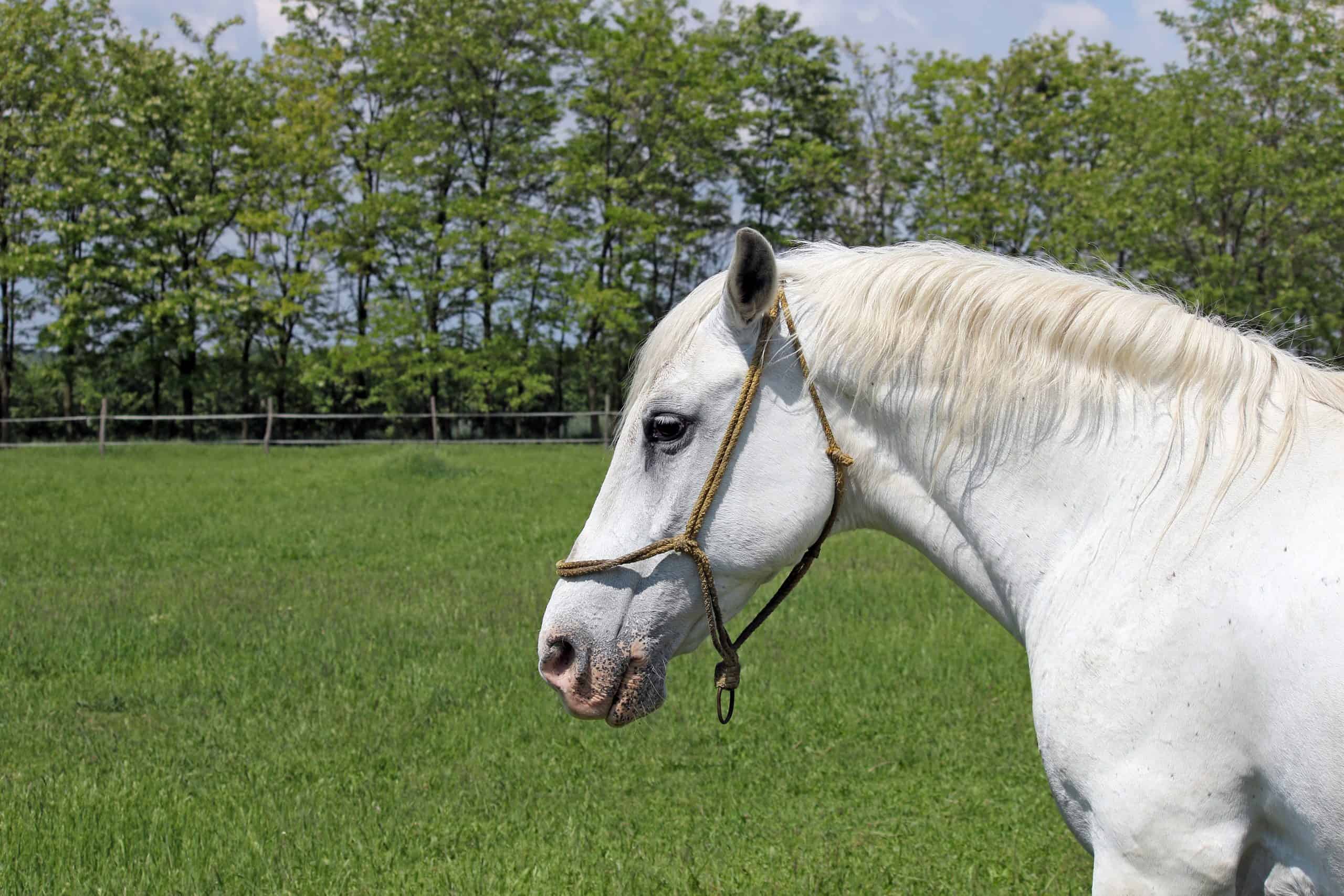
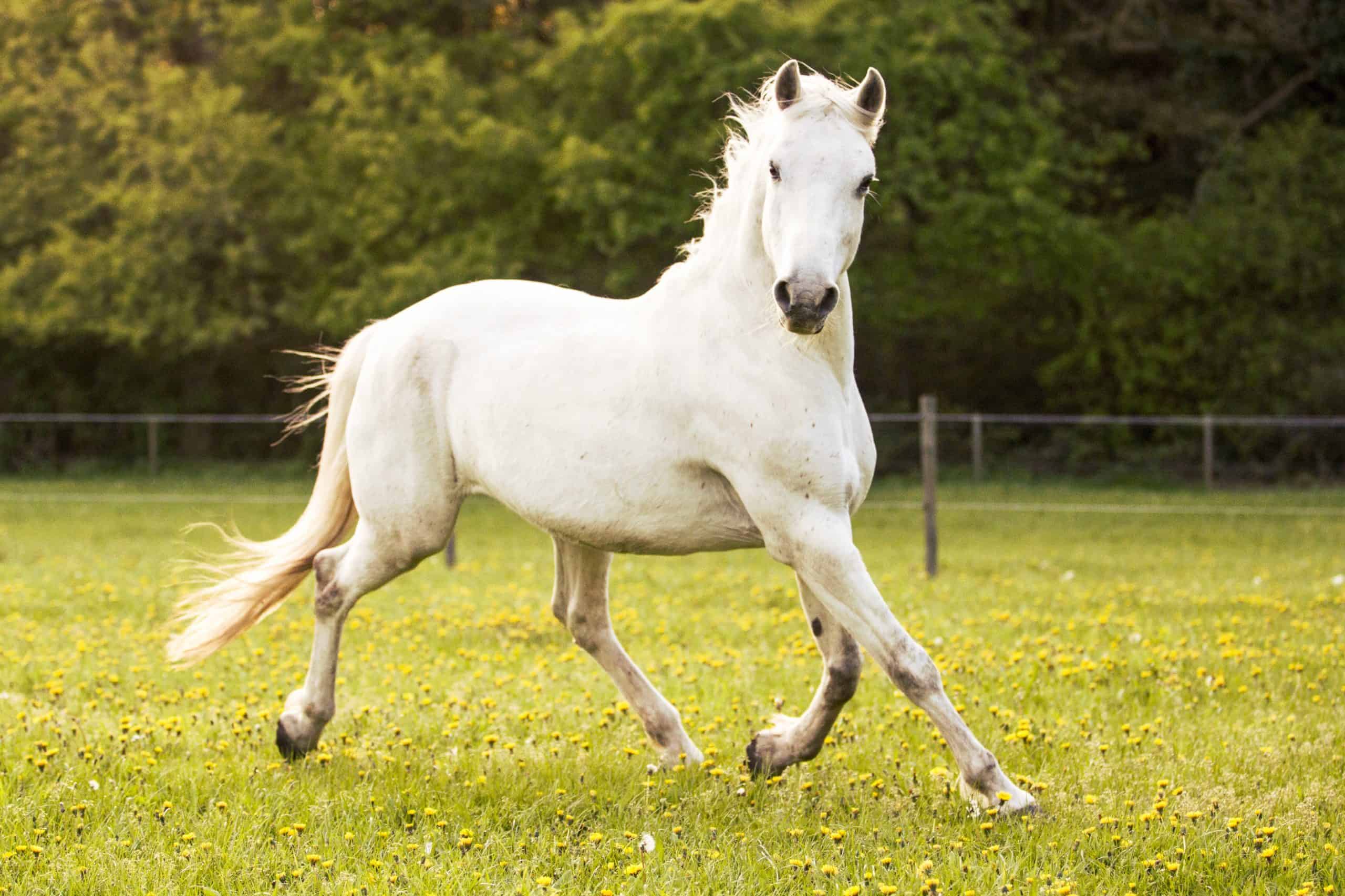
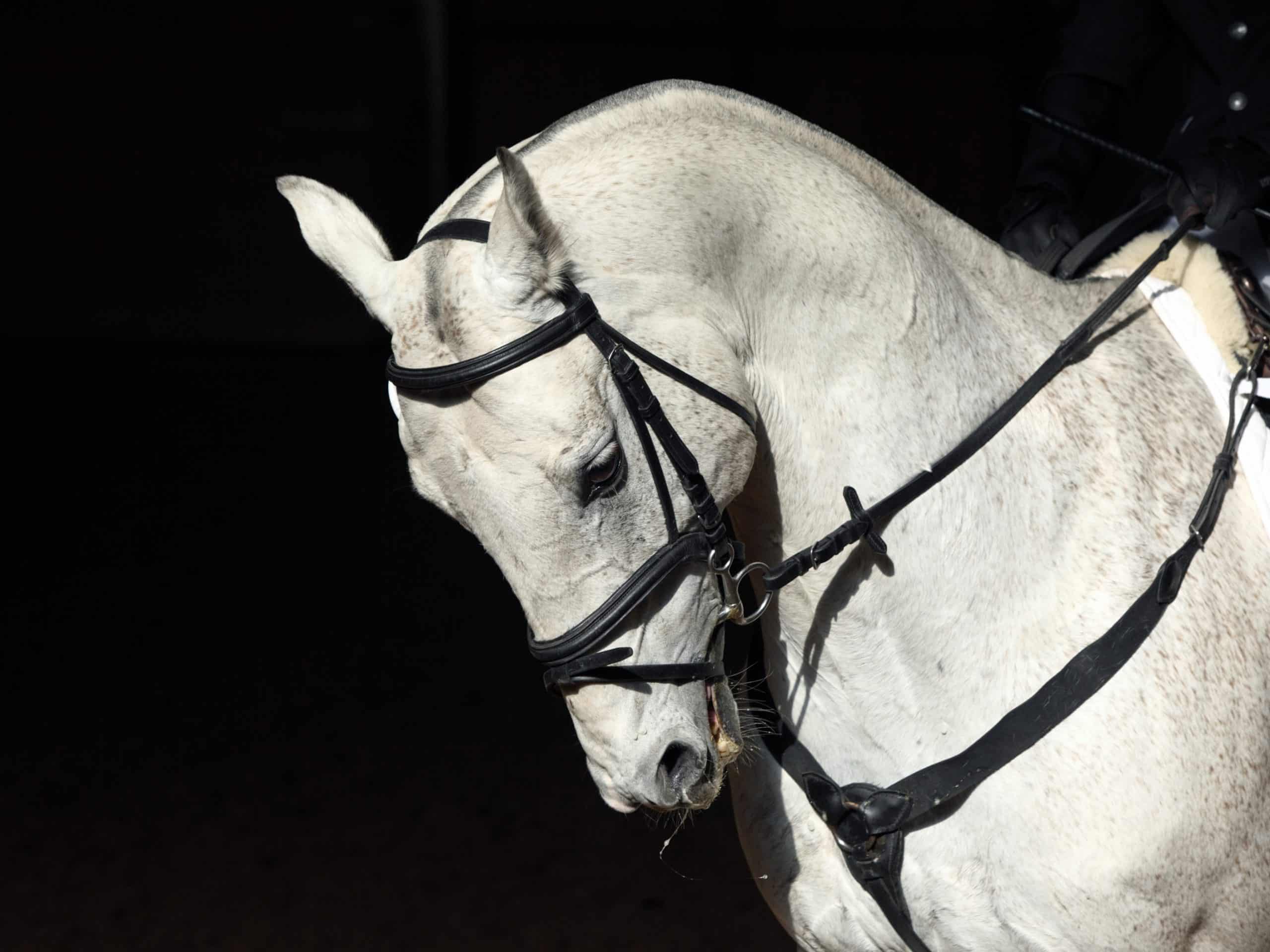
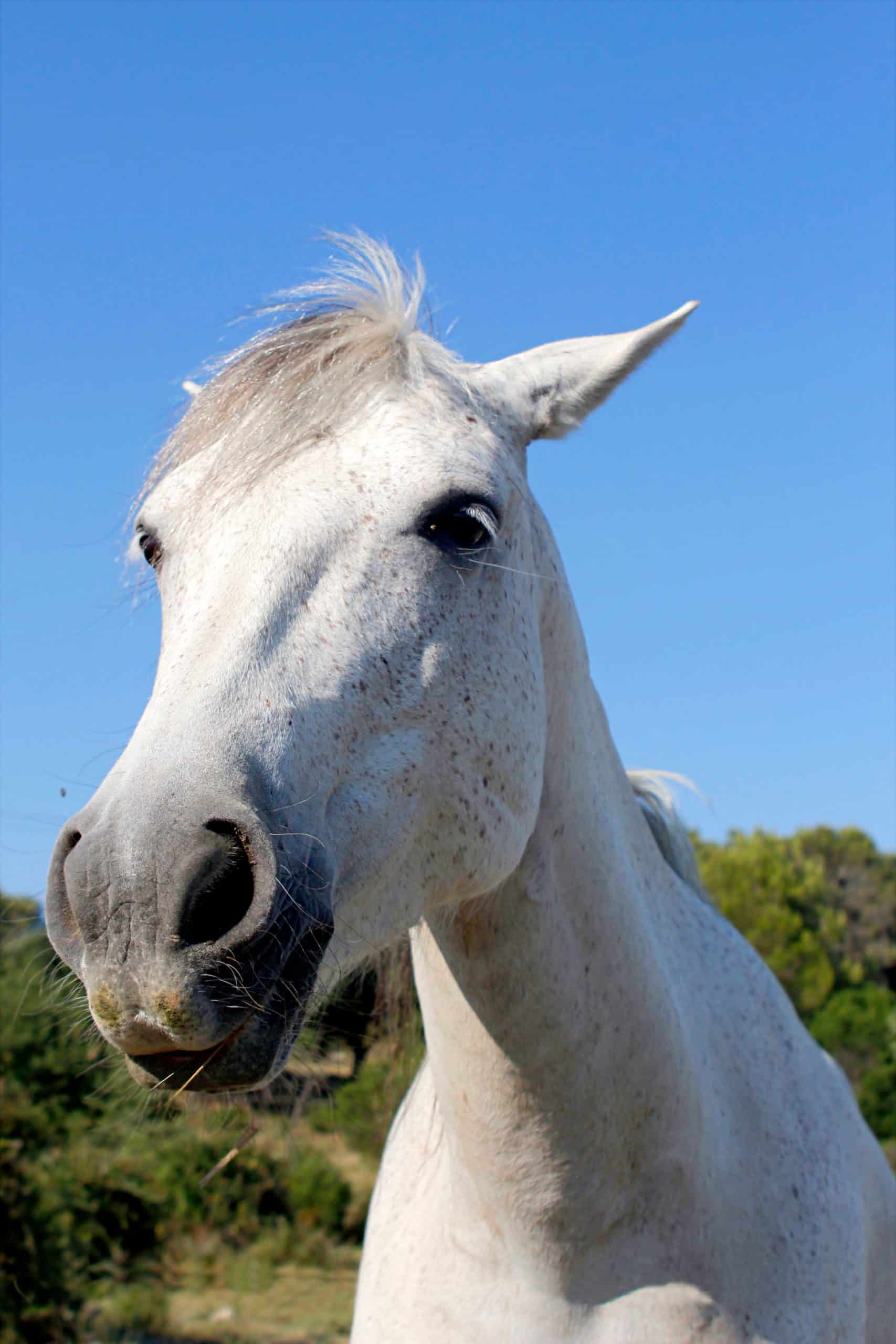
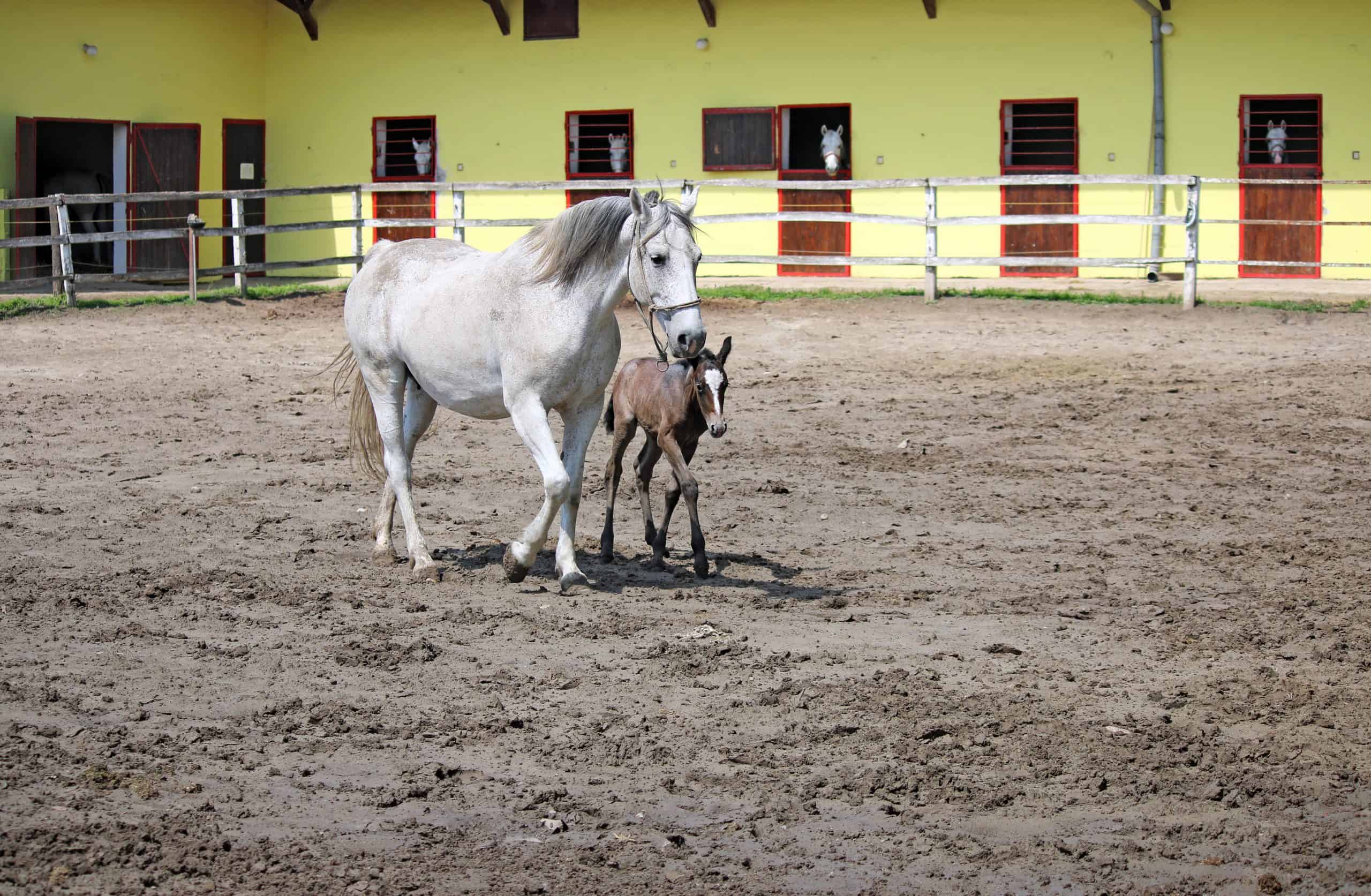
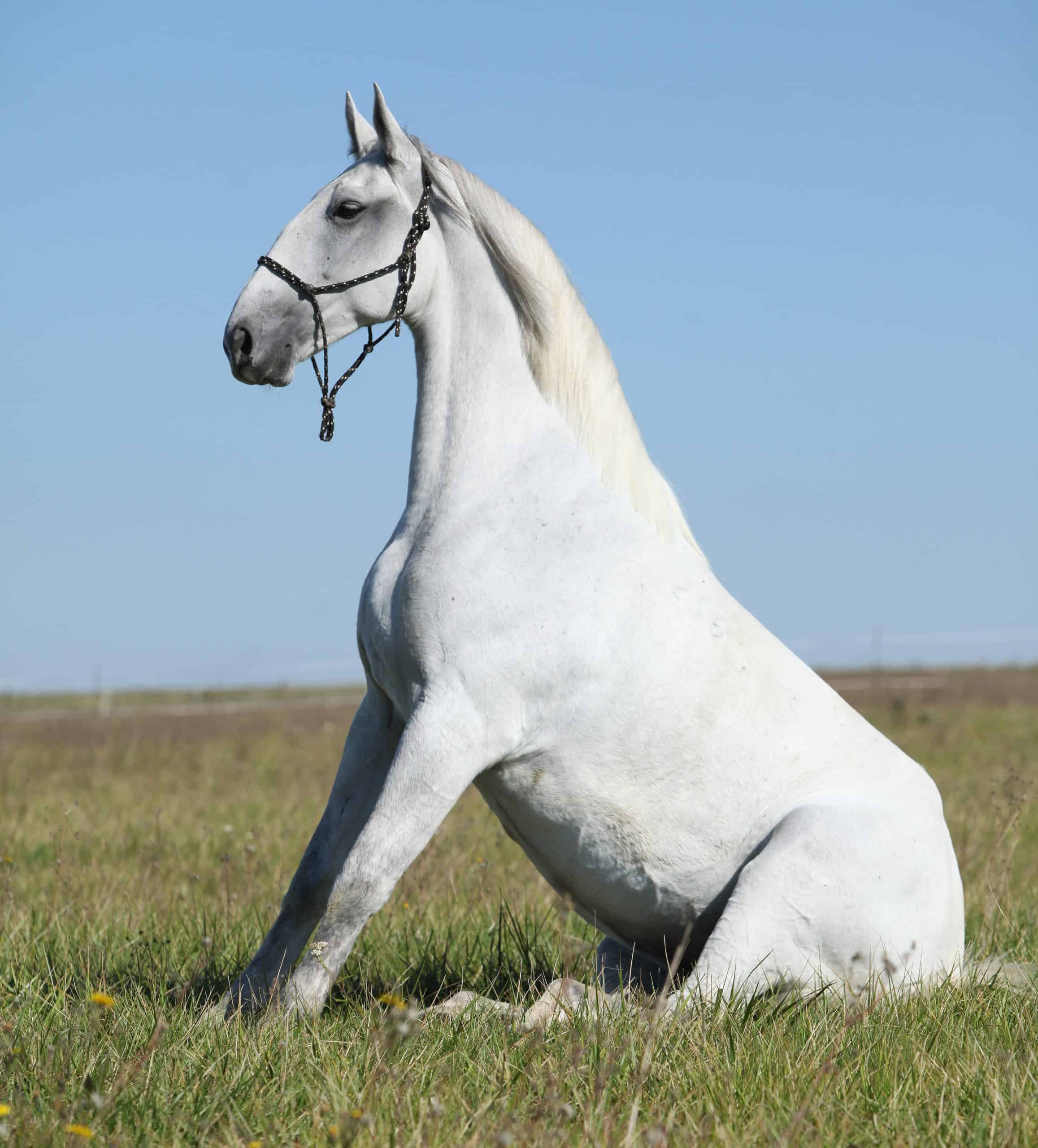
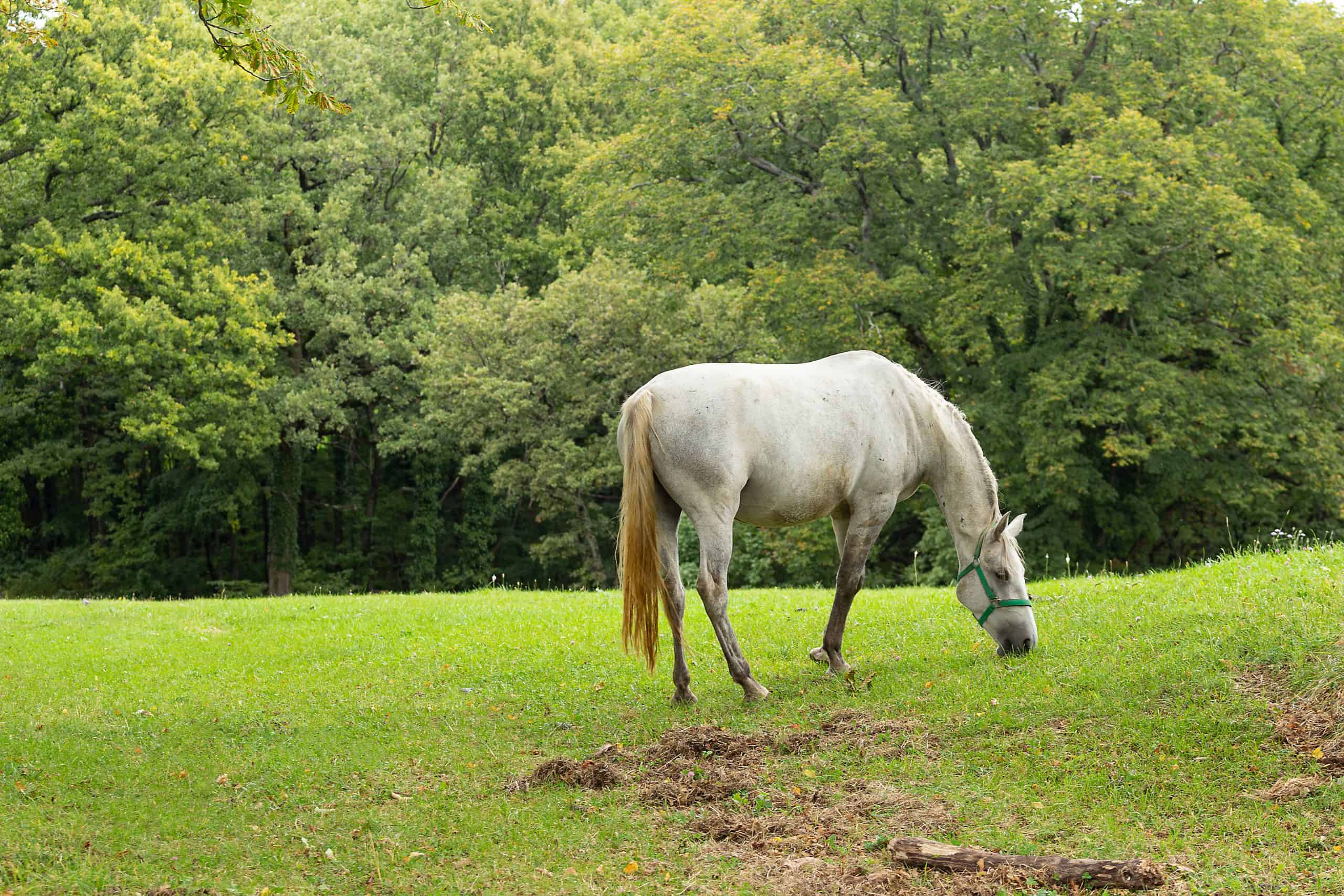

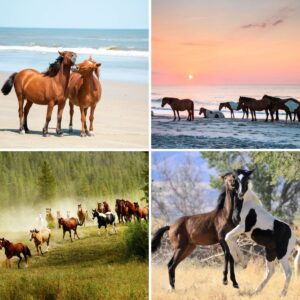
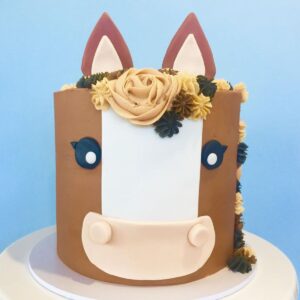
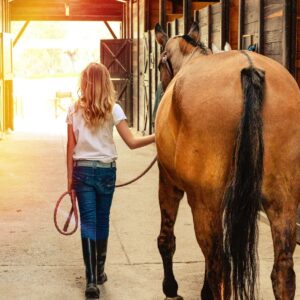
Alice caig
very interesting my favourite breed of horse.